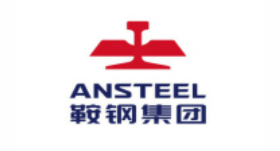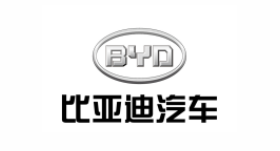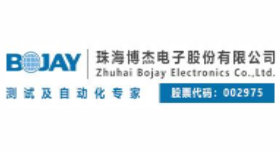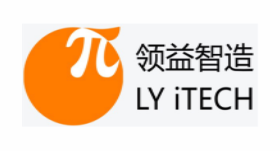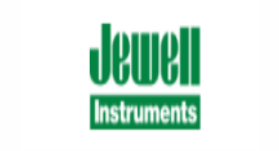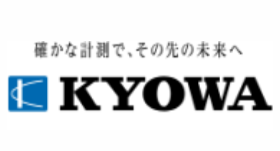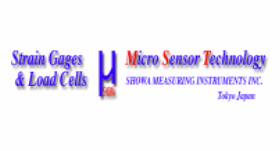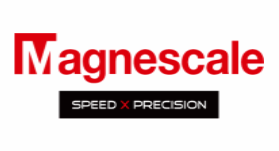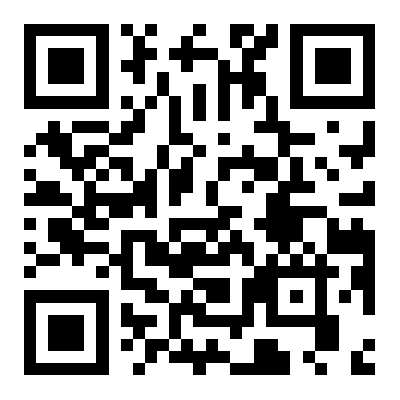Meet the accuracy requirements of the whole electronic scale. An electronic scale is mainly composed of three parts: the scale body, the sensor and the instrument. When selecting the accuracy of HBM weighing sensor, the accuracy of the sensor should be slightly higher than the theoretical calculation value, because the theory is often limited by objective conditions, such as the strength of the scale body. The performance of the instrument is not very good, the working environment of the scale is relatively bad and other factors directly affect the accuracy requirements of the scale, so how to choose the HBM weighing sensor should improve the requirements from all aspects, and consider the economic benefits to ensure that the purpose is achieved.
Meet the requirements of instrument input. HBM weighing sensor Weighing display instrument displays the weighing result after the output signal of the sensor is amplified, A/D conversion and other processing. Therefore, the output signal of the HBM load cell must be greater than or equal to the input signal size required by the instrument, that is, the output sensitivity of the HBM PW10A load cell must be replaced by the matching formula between the sensor and the instrument, and the calculation result must be greater than or equal to the input sensitivity required by the instrument.
Finally, the sensor accuracy level should be selected. The accuracy level of HBM load cell includes the sensor's non-linearity, creep, creep recovery, hysteresis, repeatability, sensitivity and other technical indicators. When selecting sensors, do not simply pursue high-grade sensors, but consider both the accuracy requirements of the electronic scale and its cost.



